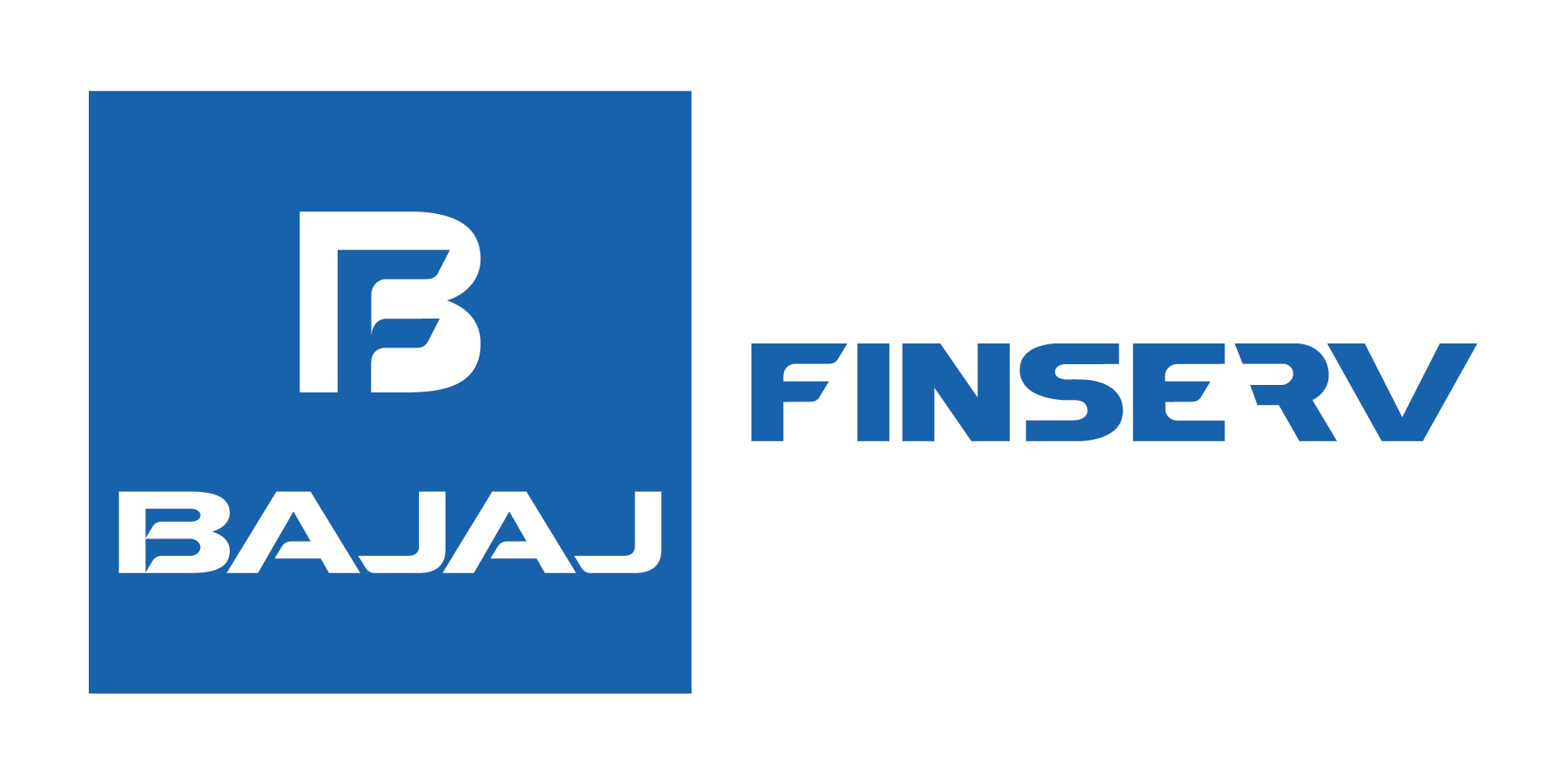Last Updated on September 27, 2023 by BFSLTeam BFSLTeam

If you want to invest in the stock market, you can do so in two ways. One way is to purchase shares, or stocks, from the company or the issuer of stocks. It is called primary offering and, in this case, you are dealing directly with the company. Another way, called the secondary offering, is to purchase shares from sources other than the issuer.
In case of the secondary offering, you can purchase shares from other investors and your dealing will be with them, instead of the company. The follow-on offerings offered by companies may also be called a secondary offering and it is a key tool for them to raise capital and expand investor base. Let’s get into the details of what a secondary offering of shares is and how it works.
Table of Content
What is a Secondary Offering?
A secondary offering is when an investor sells his stocks to another investor. These shares, sold and bought as the secondary offering, could have been previously purchased through an Initial Public Offering (IPO) or the stock exchanges once the shares were listed. The funds from the sale of secondary offerings go to the selling shareholder and not to the company.
Market experts also term Follow-On Public Offerings (FPOs) from companies as secondary offerings. Any additional share issue that takes place after a company has gone through its Initial Public Offering and listed its shares on the stock exchanges is termed an FPO. A company generally uses the Follow-On Public Offering as a means to raise additional funds to meet its capital demands.
The benefits of secondary offerings include easier liquidity for shareholders, expanding the investor base, and price stabilisation. The risks of secondary offerings, however, include creation of negative perception and threat of underpricing.
Also Read: What is New Fund Offer (NFO)?
How do Secondary Offerings Work?
A company that wants to raise funds does so by issuing its shares to the public. The first time it offers its shares is called the Initial Public Offering (IPO). As the company goes through the process of IPO, it receives the required funds by selling shares on the stock exchange.
Meanwhile, investors who purchased the shares via the IPO can freely sell them on the stock exchange. This sale of shares by investors on the secondary market is known as a secondary offering. The proceeds from such a sale go directly to the selling investors and not the company.
The second type of secondary offering is when a company opts for a Follow-On Public Offering (FPO), where it issues additional equity shares to the public in exchange for funds. It may do so if it requires additional funds to repay its debt obligations, expand its business, purchase equipment or acquire a company.
Since the FPO is a public issue announced after the IPO, it is termed a secondary offering. Investors interested in liquidating their investments may choose to offer their shares to the public along with the company’s shares as a part of the Follow-On Public Offering.
Types of Secondary Offerings: Dilutive and Non-Dilutive
There are two kinds of secondary offerings a company may opt for – a dilutive offering and a non-dilutive offering.
In a dilutive secondary offering, newly created shares are issued to the public as part of a Follow-On Public Offering. Since this increases the total number of outstanding shares of the company, it dilutes the ownership and the existing share value. Although such an offering has a positive impact on the company, it has a negative impact on the existing shareholders.
Meanwhile, in a non-dilutive secondary offering, the investors who already hold the company’s shares sell them to the public through either the stock exchange or a Follow-On Public Offering. Since no new shares are created and only existing shares of the company are sold, this type of secondary offering doesn’t dilute the ownership of existing shareholders.
Also Read: What is PE in the Share Market?
The Impact of a Secondary Offering
Secondary offerings tend to have a major impact on two aspects – investor sentiment and share prices. Here’s a quick look at the nature of the impact these offerings have.
- Effect on Investor Sentiment
Secondary offerings may hurt investor sentiment and create a negative messaging, especially if a large institutional shareholder liquidates their holdings in the company. It, sometimes, becomes indicative of the financial distress and runs the risk of underpricing. Similarly, a dilutive secondary offering may also lead to negative sentiment as it can lead to lower earnings per share.
However, there have been cases where the markets have reacted in a manner that deviated from their usual movements. Therefore, if you’re planning to invest in a secondary offering, make sure to consider the various risk factors and the potential for the market to move against common expectations.
- A Change in Share Prices
Just like a change in investor sentiment, a secondary offering may also bring about a change in the share prices. It happens for the reason that additional shares are now available in the market. For instance, if a company with strong fundamentals and future growth prospects announces a secondary offering, its share prices are likely to rise since new investors would want to invest and leverage the wealth creation potential.
That said, the Indian stock market is a highly unpredictable environment influenced by a multitude of different factors. This makes it extremely challenging to accurately predict market movements. Even though all indicators may point to a specific trend or a direction, the share prices may still move against your expectations.
Conclusion
To put it conclusively, the concept of secondary offering is simple. You do not purchase the shares directly from the issuer or the company but you buy them from another investor, who is in possession of these stocks.
This concludes the handy guide on what a secondary offering of shares is and how it works. You can invest in a company in the primary market via its IPO, or you can purchase shares in the company after it is listed in the secondary market. To buy shares via a secondary offering, however, you need a demat and trading account.
Visit the official Bajaj Financial Securities Limited (BFSL) website today or download the BFSL mobile app to open your demat and trading account free of charge. Also, enjoy a host of other benefits in the process like affordable subscription plans, access to multiple market segments, margin trading facility and more.


